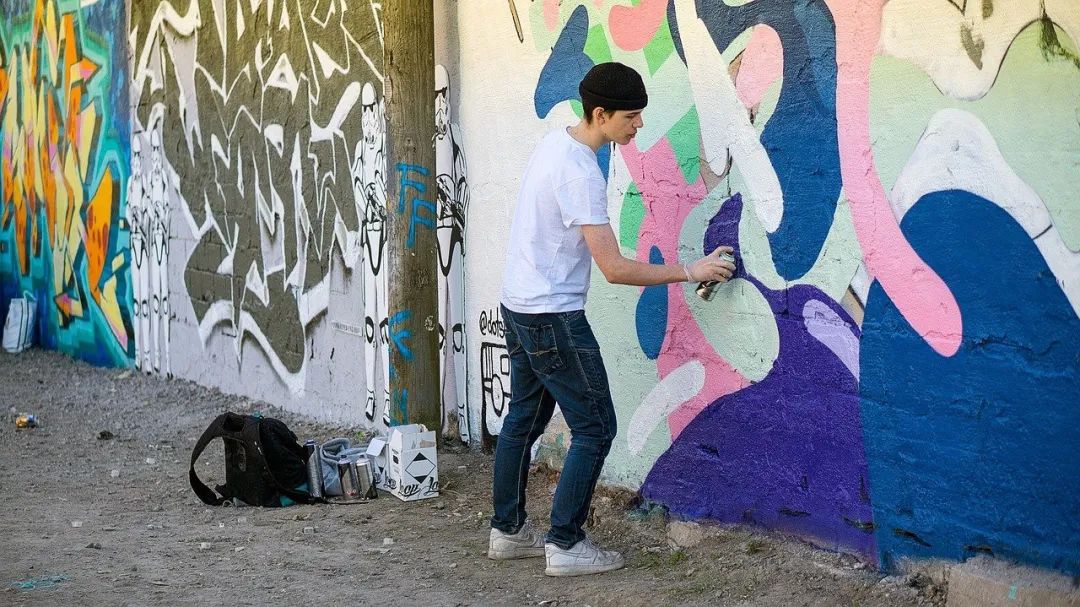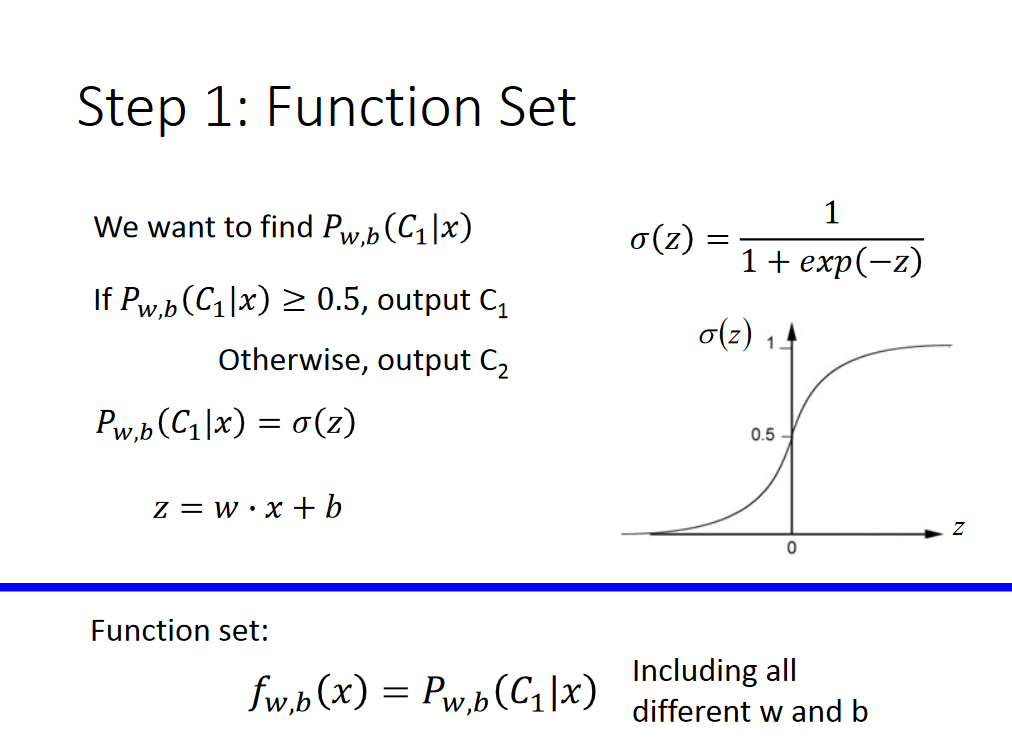可以将文章内容翻译成中文,广告屏蔽插件可能会导致该功能失效(如失效,请关闭广告屏蔽插件后再试):
问题:
I'm trying to make it so that a dialog pops up for users which has two buttons in the body and a cancel button at the bottom. When a user clicks one of the two buttons the dialog will disappear, and hitting cancel will just cancel out of the dialog. The cancel part works fine, but I can't figure out how to dismiss the dialog manually. Here's my code:
public void onItemClick(AdapterView<?> parent, View view,
final int position, long id) {
Context mContext = getApplicationContext();
LayoutInflater inflater = (LayoutInflater) mContext.getSystemService(LAYOUT_INFLATER_SERVICE);
View layout = inflater.inflate(R.layout.config_dialog,
(ViewGroup) findViewById(R.id.config_dialog));
Button connect = (Button) layout.findViewById(R.id.config_connect);
Button delete = (Button) layout.findViewById(R.id.config_delete);
alert = new AlertDialog.Builder(Configuration.this);
alert.setTitle("Profile");
connect.setOnClickListener(new View.OnClickListener() {
@Override
public void onClick(View v) {
trace("Connect" + Integer.toString(position));
toast("Connected");
SharedPreferences app_preferences =
PreferenceManager.getDefaultSharedPreferences(Configuration.this);
SharedPreferences.Editor editor = app_preferences.edit();
editor.putString("IP", fetch.get(position).IP);
editor.commit();
//Add dismiss here
}
});
delete.setOnClickListener(new View.OnClickListener() {
public void onClick(View v) {
trace("Delete");
}
});
// Set layout
alert.setView(layout);
alert.setNegativeButton("Close", new DialogInterface.OnClickListener() {
public void onClick(DialogInterface dialog, int whichButton) {
// Canceled.
}
});
alert.show();
When I try to add the alert.dismiss(), Eclipse gives me an error. .dismiss() also doesn't show up in alert's autocomplete list.
回答1:
AlertDialog.Builder is best suited for small simple dialog boxes rather than custom dialogs.
The cleanest way to handle custom dialogs is to subclass AlertDialog as a private static class in your context (in this case your activity).
Here is a simplified example:
public class AlertDialogTestActivity extends Activity {
@Override
public void onCreate(Bundle savedInstanceState) {
super.onCreate(savedInstanceState);
setContentView(R.layout.main);
AlertDialog alert = new myCustomAlertDialog(this);
alert.show();
}
private static class myCustomAlertDialog extends AlertDialog {
protected myCustomAlertDialog(Context context) {
super(context);
setTitle("Profile");
Button connect = new Button(getContext());
setView(connect);
connect.setText("Don't push me");
connect.setOnClickListener(new View.OnClickListener() {
public void onClick(View v) {
// I want the dialog to close at this point
dismiss();
}
});
}
}
}
回答2:
Merlin's answer is correct and should be accepted, but for the sake of completeness I will post an alternative.
The problem is that you are trying to dismiss an instance of AlertDialog.Builder instead of AlertDialog. This is why Eclipse will not auto-complete the method for you. Once you call create() on the AlertDialog.Builder, you can dismiss the AlertDialog that you receive as a result.
public class AlertDialogTestActivity extends Activity
{
AlertDialog alert;
/** Called when the activity is first created. */
@Override
public void onCreate(Bundle savedInstanceState) {
super.onCreate(savedInstanceState);
setContentView(R.layout.main);
Button connect = new Button(this);
connect.setText("Don't push me");
AlertDialog.Builder alertBuilder = new AlertDialog.Builder(this);
alertBuilder.setTitle("Profile");
alertBuilder.setView(connect);
connect.setOnClickListener(new View.OnClickListener() {
public void onClick(View v) {
alert.dismiss();
}
});
alert = alertBuilder.create();
}
}
回答3:
The code is very simple:
final AlertDialog show = alertDialog.show();
finally in the action of button for example:
show.dismiss();
For example with a custom alertdialog:

Code on java, you could create a Object AlertDialog:
public class ViewAlertRating {
Context context;
public ViewAlertRating(Context context) {
this.context = context;
}
public void showAlert(){
AlertDialog.Builder alertDialog = new AlertDialog.Builder(context);
LayoutInflater inflater = ((Activity) context).getLayoutInflater();
View alertView = inflater.inflate(R.layout.layout_test, null);
alertDialog.setView(alertView);
final AlertDialog show = alertDialog.show();
Button alertButton = (Button) alertView.findViewById(R.id.btn_test);
alertButton.setOnClickListener(new View.OnClickListener() {
@Override
public void onClick(View v) {
show.dismiss();
}
});
}
}
Code example XML: layout_test.xml
<LinearLayout xmlns:android="http://schemas.android.com/apk/res/android"
android:orientation="vertical"
android:layout_width="match_parent"
android:layout_height="wrap_content">
<TextView
android:layout_width="match_parent"
android:layout_height="wrap_content"
android:text="Valoración"
android:id="@+id/text_test1"
android:textSize="20sp"
android:textColor="#ffffffff"
android:layout_centerHorizontal="true"
android:gravity="center_horizontal"
android:textStyle="bold"
android:paddingTop="10dp"
android:paddingBottom="10dp"
android:background="#ff37dabb"
android:paddingLeft="20dp"
android:paddingRight="20dp" />
<LinearLayout
android:orientation="vertical"
android:layout_width="match_parent"
android:layout_height="wrap_content"
android:paddingLeft="20dp"
android:paddingRight="20dp"
android:layout_marginTop="15dp">
<EditText
android:layout_width="match_parent"
android:layout_height="120dp"
android:id="@+id/edit_test"
android:hint="Descripción"
android:textColor="#aa000000"
android:paddingLeft="10dp"
android:paddingRight="10dp"
android:textColorHint="#aa72777a"
android:gravity="top" />
</LinearLayout>
<LinearLayout
android:orientation="horizontal"
android:layout_width="match_parent"
android:layout_height="match_parent"
android:gravity="center_horizontal"
android:paddingTop="10dp"
android:paddingLeft="15dp"
android:paddingRight="15dp"
android:paddingBottom="15dp" >
<LinearLayout
android:orientation="horizontal"
android:layout_width="match_parent"
android:layout_height="match_parent" >
<LinearLayout
android:orientation="horizontal"
android:layout_width="match_parent"
android:layout_height="match_parent"
android:weightSum="1.00"
android:gravity="right" >
<Button
android:layout_width="match_parent"
android:layout_height="wrap_content"
android:text="Enviar"
android:id="@+id/btn_test"
android:gravity="center_vertical|center_horizontal"
android:textColor="#ffffffff"
android:background="@drawable/btn_flat_blue_selector" />
</LinearLayout>
</LinearLayout>
</LinearLayout>
</LinearLayout>
finally, call on Activity:
ViewAlertRating alertRating = new ViewAlertRating(this);
alertRating.showAlert();
回答4:
There's no need to create a custom class. Just create an external reference to your Dialog and use it to show/dismiss.
Here's an example where I use Builder to create a custom Dialog with many buttons:
Declare it within you class:
private AlertDialog myDialog;
In your onCreate(), set when you want your Dialog to show up. In my case, I have a button:
addPhotoButton.setOnClickListener(new View.OnClickListener() {
@Override
public void onClick(View view) {
final AlertDialog.Builder builder = new AlertDialog.Builder(getActivity());
builder.setTitle("Select an option");
builder.setItems(new CharSequence[]
{"Take a picture", "Choose from library", "Another button"},
new DialogInterface.OnClickListener() {
public void onClick(DialogInterface dialog, int which) {
switch (which) {
case 0:
Toast.makeText(context, "Call camera", Toast.LENGTH_SHORT).show();
break;
case 1:
Toast.makeText(context, "Choose from library", Toast.LENGTH_SHORT).show();
break;
case 2:
Toast.makeText(context, "Another button", Toast.LENGTH_SHORT).show();
break;
}
}
});
builder.setNegativeButton("Cancel", new DialogInterface.OnClickListener() {
public void onClick(DialogInterface arg0, int arg1) {
addPhotoDialog.dismiss(); // Here I dismiss the Dialog even though it hasn't been created yet
}
});
handler.post(new Runnable() {
@Override
public void run() {
addPhotoDialog = builder.create(); // Creates the Dialog just before showing it
addPhotoDialog.show();
}
});
}
And here's how it looks:






